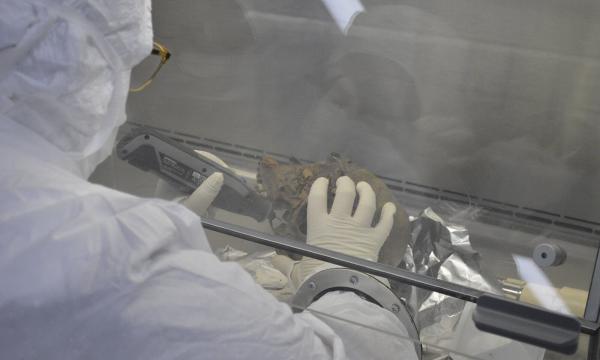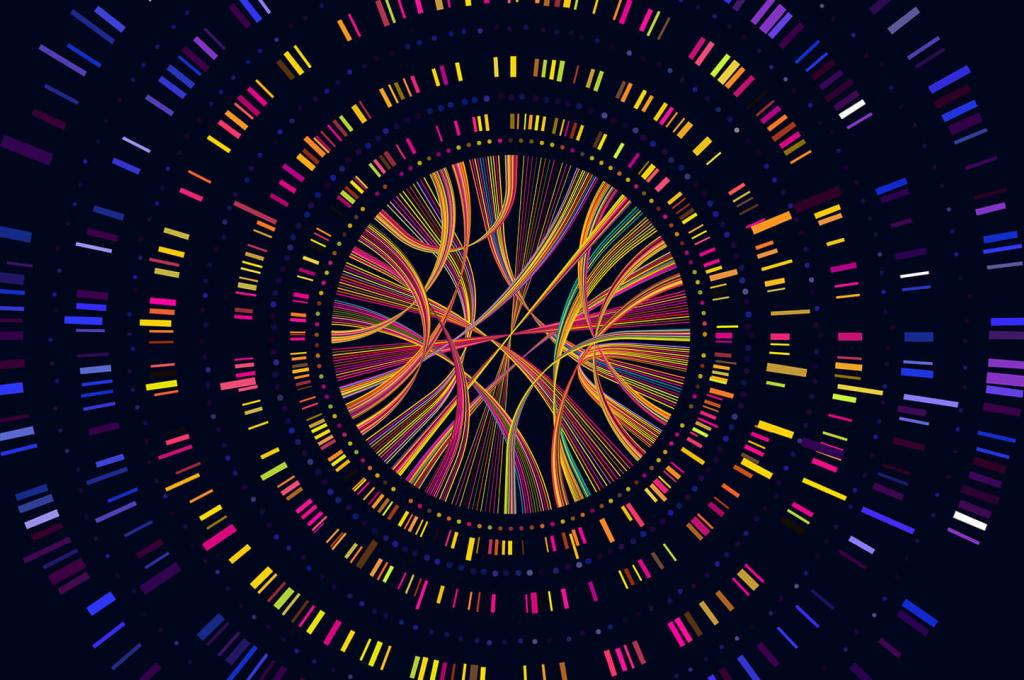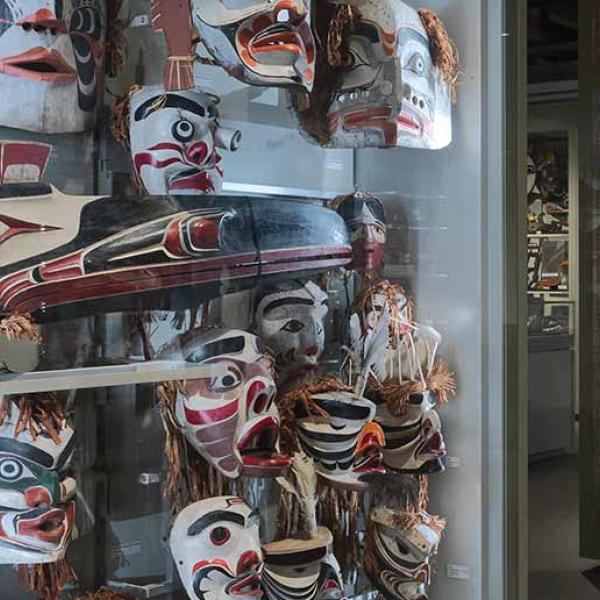A new lab at the Université du Québec à Trois-Rivières (UQTR) aims to paint the most detailed genetic picture in the world of Quebec’s French Canadian population since that population’s founding. The TRACES lab will be equipped to not only extract and analyze modern DNA (from tissue samples provided by individuals), but also from ancient DNA (sampled from human remains or anonymous bones). This will be the first lab in Canada to establish a direct link between these two sources of genetic and genealogical information. The result: an expanded genetic portrait of the French-Canadian population in Quebec.

The genealogical history of this population has already been well documented for over 350 years in Catholic parish registers and several provincial databanks. However, by combining modern, ancient and genealogical genetic data, “we can study issues like large-scale propagation of disease mutations for diseases like diabetes or cancer,” says Emmanuel Milot, professor of genetics and forensic interpretation at UQTR and leader of this comprehensive research project. “This historical view of genetics can offer a great deal of insight into the prevalence of some of today’s diseases.”
Thanks to funding from the CFI’s Innovation Fund, Professor Milot and a dozen other experienced researchers will use TRACES to better understand historical migration patterns, as well as to develop new ways of using trace DNA in criminal investigations and to study environmental factors that affect the gene expression of respiratory diseases.
Emmanuel Milot also hopes that this lab can be opened up to Indigenous communities and other communities that have little research into their genetic composition and questions about their history. “How can we better serve Canadians from non-European backgrounds in terms of genetic knowledge?” he asks. “I’d like to see more researchers who can lead the way in genetic analysis for their communities.”
TRACES will also be facilitating a research partnership between the Musée de l’Homme in Paris and UQTR. This partnership will compare the evolution of harmful genes in a source population (France) with that of the French-Canadian population that followed it in North America.
Return to the collection called “The power to transform”






